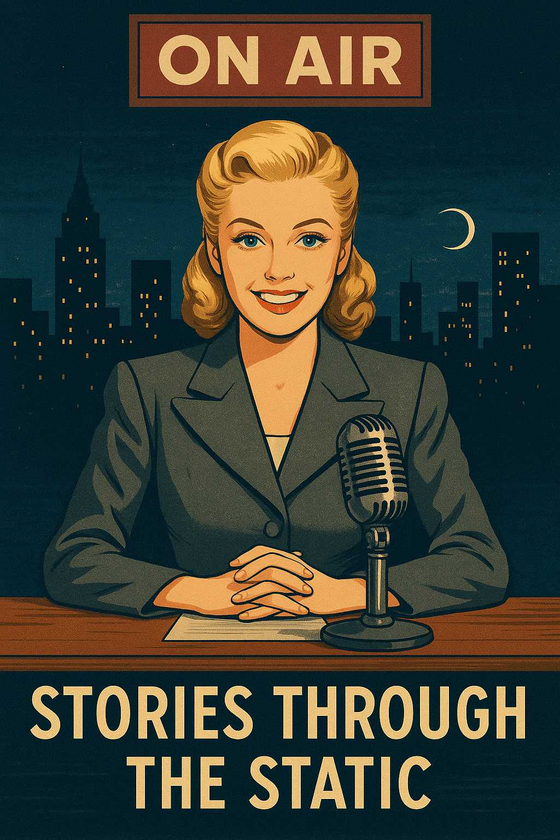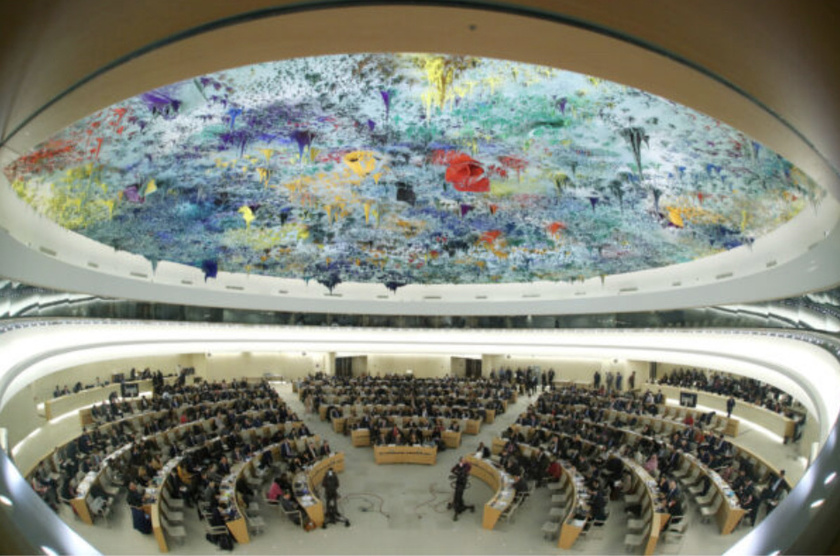The U.N. Sustainable Development Goals, often referred to as Agenda 2030, were adopted in 2015 by the organization and its member states as a guide to “transforming our world.” Hailed as a “master plan for humanity” and a global “declaration of interdependence” by top U.N. officials, the 17 goals include 169 targets involving every facet of the economy and life.
“All countries and all stakeholders, acting in collaborative partnership, will implement this plan,” declares the preamble to the document, repeatedly noting that “no one will be left behind.”
Among other elements, the U.N. plan calls for national and international wealth redistribution in Goal 10, as well as “fundamental changes in the way that our societies produce and consume goods and services.”
Using government to transform all economic activity is a critical part of the SDGs, with Goal 12 demanding “sustainable consumption and production patterns.”
Among the specific targets outlined in Goal 12 are several directly linked to agricultural policies that undermine food production. These include “sustainable management and efficient use of natural resources.”
Perhaps more importantly, the document demands “environmentally sound management of chemicals and all wastes throughout their life cycle, in accordance with agreed international frameworks.”
As a result, people and especially farmers must “significantly reduce their release to air, water, and soil in order to minimize their adverse impacts on human health and the environment.”
Other SDGs that are directly tied to what critics have called the “war on farmers” include Goal 14, which addresses “marine pollution of all kinds, in particular from land-based activities, including … nutrient pollution.” The U.N. regularly describes agriculture and food production as a threat to the ocean.
The U.N. Food and Agriculture Organization (FAO), led by former CCP Vice Minister of Agriculture and Rural Affairs Qu Dongyu, is helping to lead the charge.
In its 2014 report “Building a Common Vision for Sustainable Food and Agriculture: Principles and Approaches,” the U.N. agency calls for drastic restrictions on the use of fertilizers, pesticides, emissions, and water in the agricultural sector.
As an example of how agriculture must be reformed to be considered sustainable by the U.N., the FAO report declares that “excessive use of nitrogen fertilizer is a major cause of water pollution and greenhouse gas emissions.”
Another of the 17 SDGs with a direct impact on agriculture and food production is Goal 2, with its calls for “sustainable agriculture” and “sustainable food production.”
Goal 6, meanwhile, calls for “sustainable management of water,” which includes various targets involving agricultural water use and runoff.
Because U.N. leaders see agriculture and food production as key contributors to what they call manmade climate change, Goal 13 is important, too. It calls for governments to “integrate climate change measures into national policies, strategies, and planning.”
Goal 15, which deals with sustainable use of terrestrial ecosystems, also has multiple targets that affect agriculture and food production.
All over the world, national and regional governments are working with U.N. agencies to implement these sustainability goals in agriculture and other sectors.
For instance, responding to U.N. biodiversity agreements, the European Union has enacted various U.N.-backed biodiversity programs such as Natura 2000 and the EU Biodiversity Strategy for 2030, which have been cited by the Dutch government and others in their agricultural policies.
The U.N. also boasts publicly about its role in imposing the SDGs in Sri Lanka and other nations suffering from food shortages and economic calamities linked to the very same global sustainability programs.
Around the world, almost every national government says it’s incorporating the SDGs into its own laws and regulations.


















